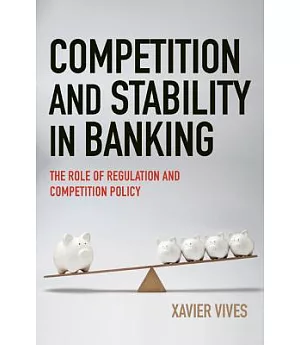The author examines the relationship between competition and stability in banking and the policy consequences for regulation and competition. He argues that competition is socially beneficial
as long as regulation is adequate, but that a trade-off between competition and financial stability occurs due to regulatory problems or failure. He details basic trends in the banking industry
driven by technological or regulatory changes and the reasons for the existence of banks and their roles in the economy, then provides analysis of competition in the banking sector based on the
tools of industrial organization, looking at pricing, product differentiation, frictions, network externalities and two-sided markets, market structure, mergers, and deregulation. He considers
the relationship between competition and stability from the perspective of fragility and the link between competition and systemic risk and deregulation and risk taking; competition policy
practice in the EU, UK, US, Brazil, China, India, Mexico, Russia, and southern Mediterranean countries; the best design of the financial regulatory architecture and the relationship it should
have with the competition policy authority; and public interventions in crisis and how competition policy can address competitive distortions of state aid and mergers created by crisis.
Annotation ©2016 Ringgold, Inc., Portland, OR (protoview.com)





















